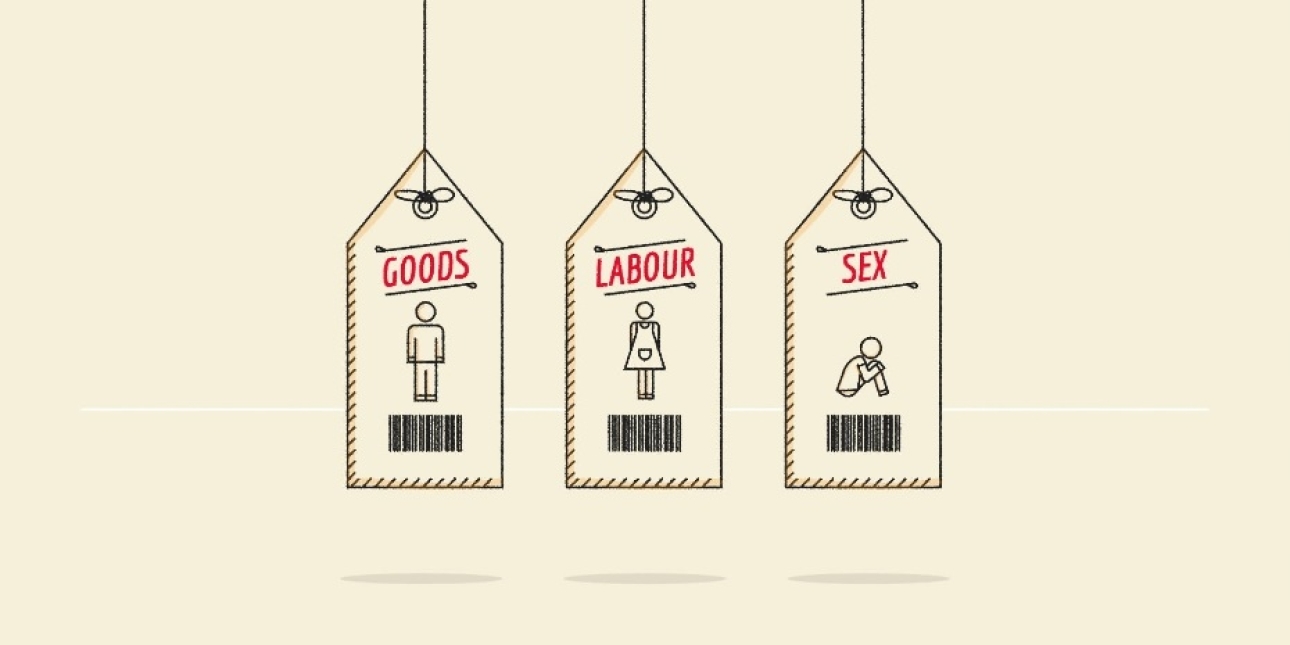PUBLIC RELATIONS
Tuesday 25th June 2019
The Signs of Modern Slavery
It sounds odd doesn’t it? Being asked to create an animation about how to spot a slave in the UK, a country where slavery was abolished in 1833.
But sadly, slavery does still exist.
The brief
That’s why The Salvation Army asked us to create an animated explainer. To help educate and raise awareness of modern slavery in the UK. Not within the general populace, but among taxi companies and drivers. Because they meet and greet hundreds of different people a day, many of whom may in fact be a slave.
The video had to work on a number of levels:
- To make drivers aware slavery still existed in the UK;
- To give them practical advice about how to spot a slave i.e. what they might look like in terms of how they generally dress;
- To provide knowledge of how a slave might behave: being quiet, not speaking for themselves, avoiding eye contact, not knowing where they were being taken or their address;
- To help them spot signs of physical injury: untreated wounds for example.
- To know what to do if they had a concern: call the hotline.
The desired outcome
There wasn’t a quantitative measure like retention rate or click throughs because it was a training video for taxi drivers to watch and discuss with each other. That said, they were looking for an increase in the number of calls to the hotline from drivers if they had any concerns that a passenger may have been a slave.
Meeting the brief
https://www.youtube.com/watch?v=AyJgptisFNI
Part one
To grab attention and engage taxi drivers, we had to turn the ordinary into the un-ordinary. We started the animation with something that looks and feels like an innocent scene featuring ordinary people: a few passengers in a rearview mirror; a situation every taxi driver would recognise immediately and feel comfortable with.
But then we turned that on it’s head because modern slaves are often hidden in plain sight and easily missed. So we positioned a slave among the ordinary people. The timing of the motion and sound was critical here, to help instill the idea that the viewer may have missed something, without sounding a fire alarm.
Using subtlety to make the audience think again was key because if you think you’ve just missed something important, you’re more likely to sit up and pay extra attention, or ask a question, precisely because you want to understand and make sense of what you may have missed.
Part 2
The second challenge with the creative was to portray the concept of modern slavery in a meaningful and readily identifiable way, without being negative.
Using the barcode on the price ticket hanging off the wrist was a way of appealing to the consumer in all of us. To get drivers thinking that while their passengers have the appearance of being a customer, they might be a slave. And how they can - but should never be - bought, sold and transported like a commodity.
It wasn’t about shocking people
We didn’t want to trigger guilt or disgust. Yes, we wanted taxi drivers to be surprised, but it was really important to leave them feeling empowered and knowing what to do if they had any concerns. Rather than left feeling sad, unmotivated and shrugging their shoulders.
The afterlife
“It may have started out as a training video for taxi drivers, but we’re very happy to say that it’s had a much wider reach. Many more companies have used it in training their staff to ‘spot the signs’ since its creation,” Bridget O’Leary, Video Production Unit Manager, The Salvation Army.
Princess Eugenie presented it recently at an event at BAFTA for the Kensington and Chelsea Women’s Club, as part of her work for the Anti-Slavery Collective, of which she is a co-founder. The video also won a Gold at this year’s Telly Awards, in the General, Branded, Not-for-Profit category.

